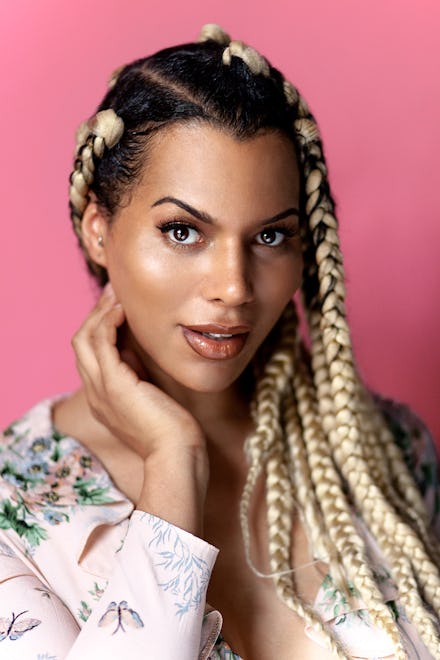How can advertisers start getting diversity right? The answer lies in authentic messaging.

Diversity is the buzzword of the moment. But in a diverse world, diverse ads should be a given. Instead, consumer brands are using tokenizing diversity to fuel their capitalist machine, under the thin veil of inclusivity and representation. This is why so many ad campaigns are missing the mark.
From L’Oreal UK firing me after I spoke out against systemic racism, to Pepsi’s ill-conceived attempt at using social justice to hawk soda, to Dove causing controversy with their latest, now-removed ad, big consumer brands seem to be having a tough time wrapping their heads around the concept of diversity.
But does it all really need to be so complicated?
Surely hiring a cast that is truly reflective of all bodies within today’s society, alongside a positive message that empowers all, isn’t that much to ask, right? Wrong, it seems. Not when money is involved.
In April, Pepsi launched their-now infamous commercial featuring supermodel Kendall Jenner. The ad, which seemed to heavily borrow imagery from Black Lives Matter, featured Jenner participating in a protest, then walking towards a member of the police and handing him a can of Pepsi. The imagery bears a striking resemblance to that of a real-life photo, featuring a black woman standing defiant while being rapidly approached by police in riot gear.
Fast forward five months, to September, which saw the termination of my L’Oreal contact, after posts in which I called out the white supremacist rally in Charlottesville, Virginia. One month later, personal care brand Dove found itself in hot water after posting a video of a black model removing her T-shirt to reveal a white model underneath.
While these three incidents may not be similar in nature, they all have one thing in common: They ignore social context and fail to acknowledge racial histories or disparities. Advertisers see the demand for diversity, but are too hesitant to address why that demand is there in the first place. Acknowledging the roots of discrimination just wouldn’t easily make for inspirational marketing. As a result, we are left with important social issues becoming reduced into sugary-sweet, top-line commodities.
Some things are just not meant to be utilized in the hopes of cashing in, not without fully understanding why they exist in the first place.
So how can advertisers start getting it right? The answer lies in the authenticity of the message. Who is involved in the production of the project? If the teams involved in the planning and production of the campaign are not diverse, then the likelihood that the final product feels voyeuristic and ham-fisted is extremely high.
Diversity does not begin in front of the camera. It has to filter through from behind the scenes. It is the message that has to be diverse, not just the cast. All aspects of the campaign have to be authentic — otherwise it is simply just tokenism.
Advertising is about making an audience feel something new and exciting or something familiar and comforting. It’s about making an audience believe that their life will be improved in some way by a product. But this has to be organic. Regardless of background, nobody wants to feel like their movement, race or gender is being used as a ploy to push a product.
So here is my call to advertisers: Let’s stop talking about diversity like it’s a passing trend that begins and ends with models. Start hiring diverse teams to create truly groundbreaking campaigns that resonate with everyone. We can only get there together, so let’s make sure everybody has an equal voice in the room before another campaign misses the mark.